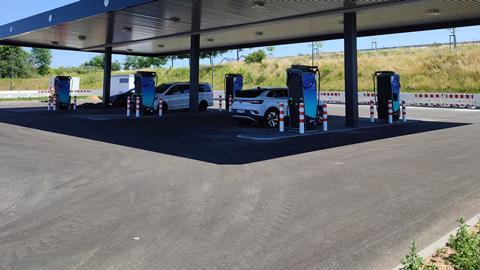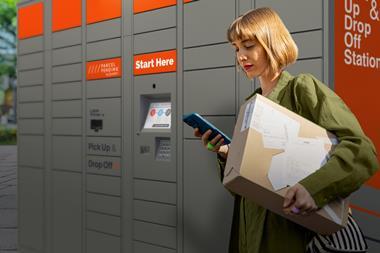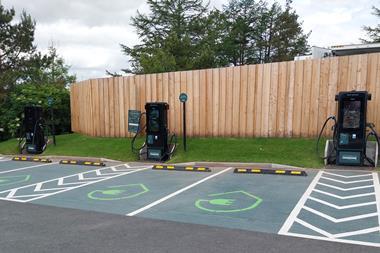As the automotive industry embraces electric vehicles (EVs), forecourt owners face a new set of challenges in accommodating this growing trend. Find out how you can prepare your forecourt for the high-power demand.
As of the end of December 2023, market statistics exceed 975,000 fully electric cars and 590,000 plug-in hybrids on UK roads. With nearly 315,000 battery-electric cars registered last year, the number of EVs registered grew by an astonishing 18% in comparison to 2022.
As the electric vehicle (EV) market continues to boom, forecourt owners have an exciting opportunity to bring charging infrastructure to their sites in addition to their petrol/diesel offering.
And yet, doing so does not come without its complexities.
One aspect of an EV charging project is recognising the high-power demand of the charge points, and determining where the power will come from to supply the charge points.
The reality is, many forecourts were not built with a power supply that is strong enough for the demand of EV charge points. Securing the necessary power connection required retrospectively is dependent on the local grid being able to support it. However, this should be viewed as a challenge, rather than a barrier.

Preparing for installation
Planning for an EV charging installation project in advance of when you want your charge points to go live will mitigate the potential issues around power connections. The earlier forecourt owners plan the install and consider whether their forecourt has a viable power connection or not, the better chance they have of being able to obtain the necessary connection if their current power supply is not sufficient.
If owners leave discussions around power until a much later date, when the market has advanced and EV chargers are more abundant as forecasts suggest, other companies will likely be looking to obtain new power connections for their own projects; not only for EV charging projects, but for commercial property builds and other developments with high power demands. This means, in the near future, others could be applying for the same power connection forecourt owners are looking to secure.
Read more:
- How to prepare for the electric driving revolution
- How EV charging can help future-proof your forecourt
- UK EV charger installations up 45% in a year
This competitiveness around power supply will only grow and will have a significant impact on whether the EV charging development at a forecourt can go ahead. So, if you are interested in installing charging infrastructure, look to start those conversations with experts now so you can capitalise on the opportunity for grid connections before it is too late.
What is more, DNO upgrades can take a long time to process and see through, all the more reason to investigate what energy capacity your forecourt has now and whether you will need to make an application for a new connection.

Navigating grid connnections
Another aspect of this discussion is the expense of upgrading a grid connection. Whilst it can come at a cost, forecourt owners who opt for a fully-funded business model with their charge point operator do not have to worry about funding this.
Owners will only have to invest in the upgrade themselves if they choose to pay for the infrastructure project. Whereas, a fully-funded solution, like the one Mer offers, means the entire process, from planning to installation and operation to maintenance, comes at no cost to the forecourt owner.
Finally, concerns may arise around the actual application process and seeking these new grid connections. Forecourt owners should not be concerned by this, either, for a fully-funded model with Mer takes care of the entire process. Mer can apply for the point of connection (POC) for you.
True to the ethos of a ‘full turnkey solution’, Mer can use its experience and knowledge to see the project through from start to finish, from seeking planning permission if required to securing the necessary connection upgrades to managing the health and safety aspects of the install.
There is also an option to consider load balancing technology, which can help in the event overcoming energy capacity restrictions on a forecourt is proving challenging. This technology fairly distributes the available power to multiple EVs when plugged in. This increases the peak charging speed per socket and therefore improves the charging experience for drivers, whilst also enabling more efficient use of the power available at the forecourt.
When viewed as a value-added service, rather than a bank breaker, EV charging is a goldmine opportunity for forecourt owners. The incremental spend driven through their current convenience offering will bring an additional revenue stream.
Working with an experienced CPO such as Mer, forecourt owners can rely on seeing a strong, already-established customer base come to their sites; Mer uses its roaming agreements and marketing channels to drive customers to its sites and boost utilisation.
To find out more about the journey to installing EV charge points in your forecourt, download Mer’s bespoke eguide, which discusses the opportunities for forecourt owners to benefit from EV charging and how Mer is helping forecourt providers bring EV charging to their sites. Click here.































